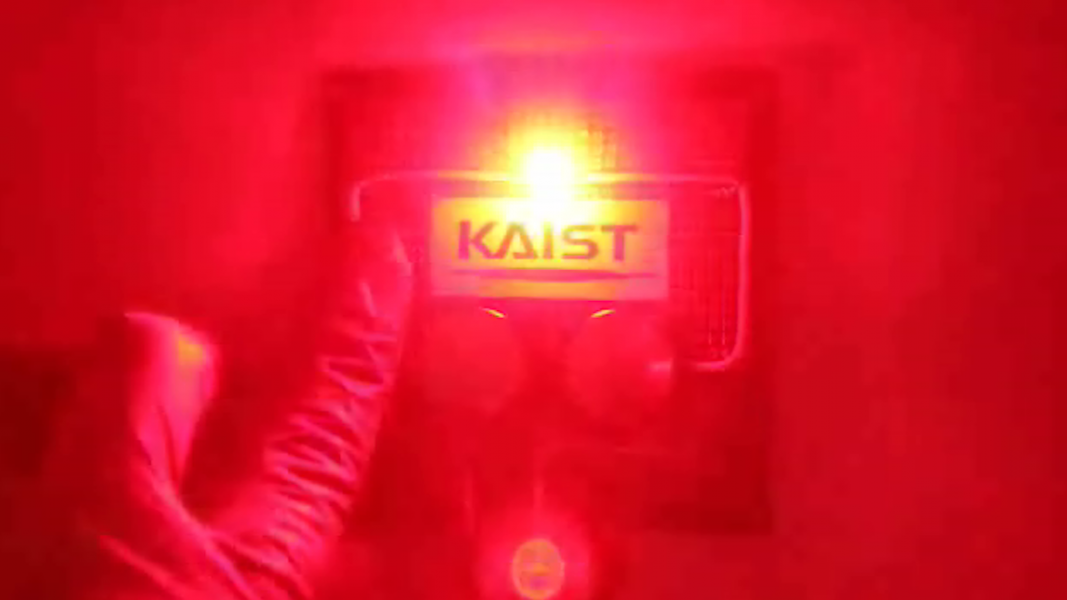Electrochemical energy storage systems are a vital component in portable devices. Although lithium-ion batteries are widely used, aqueous electrochemical energy storage is a safer and more environmentally friendly alternative.
In their communication in Advanced Energy Materials, Professor Hyung Mo Jeong from Kangwon National University, Professor Jeung Ku Kang from Korea Advanced Institute of Science and Technology (KAIST), and co-workers develop high-performance aqueous hybrid capacitors (AHCs) using pseudocapacitive negative and positive electrodes.
Polyaniline/reduced graphene oxide (PANIx/rGO) composites were fabricated using in situ polymerization of PANI on rGO sheets. NiO nanoparticles were prepared on rGO and rescaled using lithiation to sub-nanometer sizes for use as the cathode material.
Transmission electron microscopy shows that PANI forms net-like, cross-linked chains on the surface of rGO when x ≤ 25, and plate-shaped structures at x ≥ 75. Notably, in a three-electrode system, the effect of rescaling the NiO nanoparticles on graphene to sub-nanoscale NiO is shown to enhance the specific capacitance by about threefold.
A two-electrode AHC in aqueous potassium hydroxide electrolyte is fabricated using PANI12.5/rGO as the anode and rescaled NiO/rGO as the cathode. Cycling stability shows ≈100% capacity retention and Coulombic efficiency over 100 000 redox cycles. Ultrafast photovoltaic charging of a flexible wearable kit is achieved in only 20 seconds with this AHC due to its high power density. A USB switching charger used to power a light-emitting diode is also demonstrated, with a charging time of only 10 seconds.
To find out more about these high-performance aqueous hybrid capacitors, please visit the Advanced Energy Materials homepage.

















